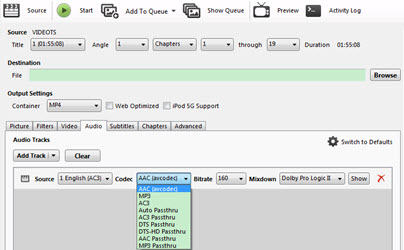


The value of -t is added to the sought timestamp, which is 15 seconds. The command above will process the my_video.mp4 input file and seek 15 seconds forward in the video.

The value 1 will correct the start of the stream without any later correction. The -async option specifies whether to contract or stretch the audio to match the timestamp.The -t argument is used to specify the duration of the clip.The -ss argument seeks to the timestamp specified as the argument.The -i argument is used for specifying input files.Now, let’s review each of the options and arguments we used here: Video:5132kB audio:157kB subtitle:0kB other streams:0kB global headers:0kB muxing overhead: 0.167893% The above may be an oversimplified explanation of remux vs encode. This simply changes the container which delivers the video without making any actual changes to the video content itself.Įncoding - This is the converting of the actual video and audio from one format specification to another. Remux - Copy the file from one container to another (MKV to MP4) without re-encoding. Unless or until the MKV format is more widely used, this is a blessing. Since you are no encoding anything it is often instantaneous. for i in *.mkv doįFmpeg makes it easy to remux video files from MKV to MP4. The code below will loop through all the files in the current directory and convert MKV to MP4 files. If you use something like OBS Studio to create a bunch of videos and want to convert them all, simply use a loop. Videos]$ ffmpeg -i intro.mkv -codec copy intro.mp4 Convert All Files in a Directory from MKV to MP4 Here is an example using a intro we made for our YouTube videos. Then used the -codec copy option to instruct ffmpeg to use the same codec, followed the the name of the output file. Invoke ffmpeg then use the -i option to specify the input file. However, there are very few options needed to change containers. Using ffmpeg to Remux MKV to MP4įFmpeg is a very powerful suite of video tools. In this Linux quick tip we will show you how to convert MKV to MP4 container.īefore you can convert (or remux) an MKV file to an MP4 file, you must first install ffmpeg. However, a lot of other tools (Adobe Premiere Pro) do not support MKV files. I have found that a lot of Linux utilities use the MKV (Matroska multimedia container) as a default container for video.


 0 kommentar(er)
0 kommentar(er)
